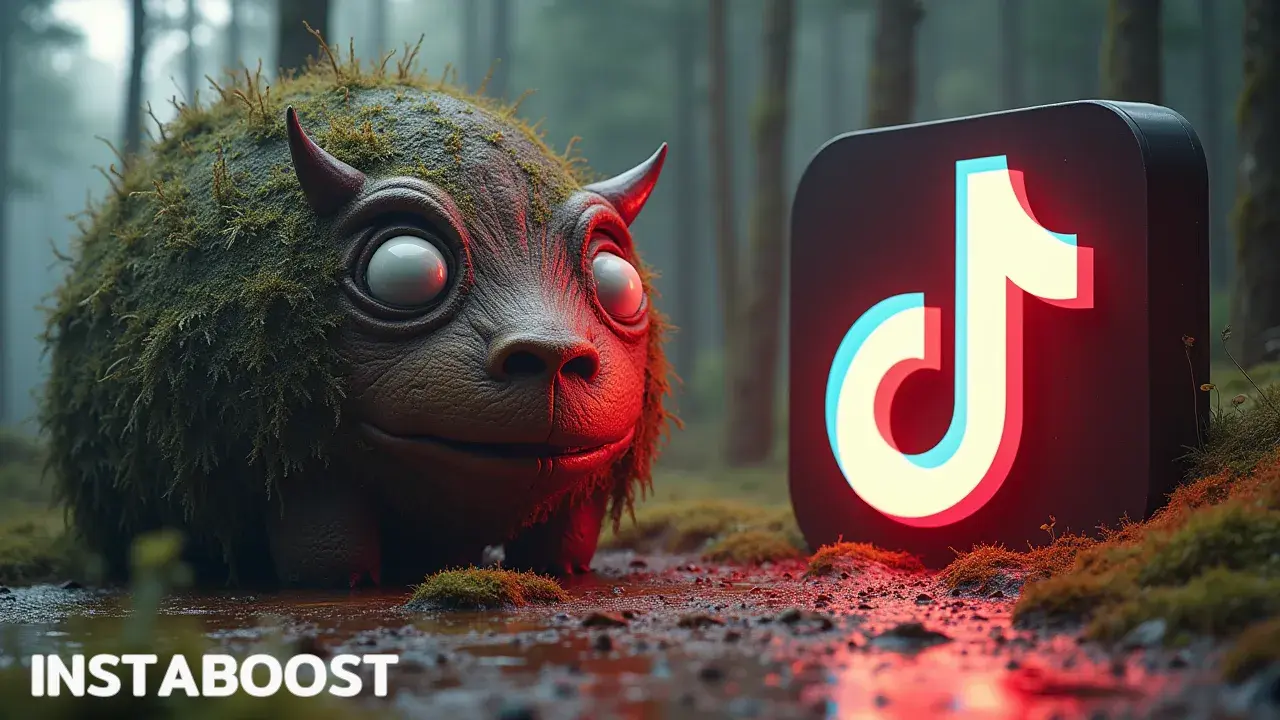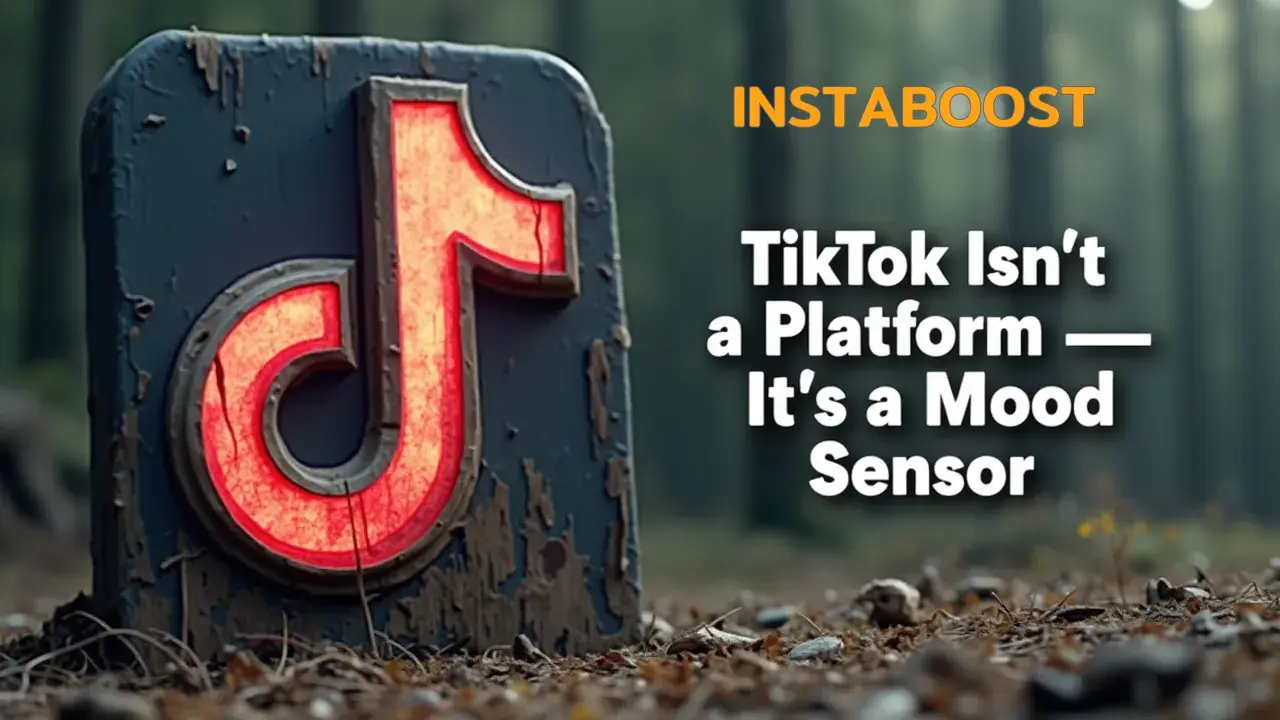Is TikTok a Platform or an Emotional Mood Sensor?
TikTok increasingly functions as an emotional barometer that surfaces and amplifies collective moods. Its evolving dynamics shape how people experience social media by reflecting shared feelings through patterns of content, sound, and interaction. When misunderstood, this can feel overwhelming, but aligned content and timing can resonate strongly and feel more human. The smart path is to observe mood signals and create to match authentic emotional currents.
Beyond the Feed: TikTok as an Emotional Barometer
When people call TikTok a “platform,” it doesn’t really capture what’s going on when you swipe through. Instagram and Facebook feel more like places where you post pictures or updates and scroll through what others have shared. TikTok feels different – it’s always shifting, in a way that reacts to what people seem to be feeling at any given moment. It’s not just about a catchy song or a new dance going around. What stands out is how trends on TikTok take off because they line up with some shared feeling – like everyone’s energy is pointed in the same direction, even if no one says it out loud.
The app’s algorithm isn’t just sorting out what’s popular; it’s sensitive to the mood running through the feed, whether that’s excitement, boredom, or even a kind of collective uncertainty. So when a certain sound takes off or everyone starts using a particular filter, it usually means it taps into something that people are already carrying with them that day.
If you’re trying to make videos or build any kind of presence there, it doesn’t feel like performing on a stage or pushing out content for people to consume – it’s more about paying attention and noticing what people are drawn to right now. Sometimes, it’s surprising how quickly you can reach new people on TikTok just by catching that wave.
If you’re trying to make videos or build any kind of presence there, it doesn’t feel like performing on a stage or pushing out content for people to consume – it’s more about paying attention and noticing what people are drawn to right now. Sometimes, it’s surprising how quickly you can reach new people on TikTok just by catching that wave.
Success isn’t only about the numbers. It has a lot to do with whether your video matches what people are already thinking or feeling. A lot of people look up things like “TikTok trends” or “how to go viral,” but what ends up working often comes down to whether someone can notice those shifts in mood, and maybe respond in a way that feels real. It’s not really something you can chart out in advance.

Why TikTok’s Feedback Loop Builds Real Influence
What stands out to me when I look at people or brands that manage to shift gears and stay relevant is this shared skill: they pay close attention to the mood around them. On TikTok, that awareness is even more important. It’s not like posting on Facebook or Instagram, where you put something out there and hope it lands. TikTok’s whole system is designed to pick up on how things feel, not just what gets clicks. It notices if you linger on a video, if you scroll past without hesitation, or if your comment has a certain tone. It can be as subtle as a pause or a quick like, which all gets factored in.
For anyone trying to reach people on TikTok – whether that’s a brand or a creator – the real challenge is less about inventing some wild trend and more about noticing what’s already catching people’s interest. You see it when a random sound or filter goes viral, not necessarily because it’s new or clever, but because it fits what people are already connecting with. The ones who figure this out, including companies like INSTABOOST, seem to treat TikTok less as a billboard and more as a way to take the temperature of what’s happening right now. I remember seeing the phrase start your TikTok growth today and realizing it’s less a promise and more a reflection of this ongoing, responsive exchange.
People trust them more because they’re responsive, not because they’re shouting louder. When you’re tuned into this back-and-forth, it feels less like posting into the void and more like joining a conversation that’s always shifting. TikTok doesn’t just keep track of what we watch – it’s keeping track of how we’re feeling, which makes it a different kind of space to be in.
Reading the Room: How to Move with TikTok’s Mood Swings
When things look too perfect, they don’t always land. It seems like the creators and brands that do well on TikTok have figured that out, maybe without even trying. Their videos feel a bit messy or unplanned, and that’s usually what makes people stop and watch. Treating TikTok like another spot to recycle old Instagram or Facebook posts kind of misses the point. It’s not really about chasing every viral trend either – it’s more about noticing smaller shifts, like the kind of jokes people are making or what they’re comfortable sharing right then. Whether you’re posting for yourself or for a company like INSTABOOST, having a strict plan doesn’t matter as much as just paying attention to what seems to be working in the moment.
Sometimes a video gets attention not because it’s polished, but because it fits a mood people are in – even if it’s a little awkward or thrown together. The normal advice about timing or schedules isn’t always useful here. Even likes on TikTok often come from the videos that don’t look finished. It helps to notice how people react and be ready to change things up fast. If you want to really understand what’s going on, watching how people respond right now tells you more than worrying about getting every detail right...
Mood Manipulation: Where the Algorithm Gets Messy
It’s easy to think TikTok’s algorithm has everything figured out, but it really doesn’t always work the way people imagine. There’s a lot of talk about how it can sense your mood, but it misses the mark pretty often. The For You Page isn’t really reading your emotions – it’s more like it’s picking up patterns, and sometimes those patterns aren’t helpful. If you watch a few anxious videos or something about conspiracy theories, the algorithm seems to take that as a signal that you want more, so it fills your feed with similar stuff.
Because the system reacts so strongly to emotions, it can end up highlighting people’s worries or insecurities, not just the lighter trends. Even things like personality filters or those “future-predicting” effects can start to influence how you think about yourself or what you decide to share next. For creators, this gets tricky. There’s this constant feeling of needing to choose between being genuine and matching whatever mood the algorithm has you pegged for. It isn’t just about what’s trending; sometimes the way TikTok decides what you see doesn’t really line up with how you actually feel, and that can get in the way of figuring out how you want to show up online – especially with tools like INSTABOOST, which are supposed to help you reach wider TikTok audiences, swirling in the background. It’s hard to ignore the pull, and it’s not always clear how much of what you’re doing is really your own choice.















